There are many reasons to own or use a generator; for work, play and necessity. With so many important reasons to use a generator, maintenance and safety can be overlooked. Make sure you take the time before using a generator to look over the included user manual.

We just want to remind you, before choosing a generator, make sure you choose one with enough wattage to run the items you will need to power. When looking at generator ratings, pay closer attention to the second number, the running (continuous) wattage.
TIP: Each generator has two ratings, a starting, and a running wattage. The generator runs on the continuous wattage, not the starting wattage.
Make sure, especially if the generator is being used for emergency power, to keep enough oil and filters on hand for continuous use. Power outages can cause the extended use of your generator. The first time you use your generator, your oil change interval is about half that of the regular need when being used more often. The regular dump and replacement will be 50-60 hours of use.
After or during generator use, when you need to refill the gas tank, it is important to turn off the generator and let it cool. You do not want to accidentally spill gasoline on a hot generator engine, this can cause a fire on your generator or even you who is pouring the gas.
One of the most common reasons a generator may not start is because there is old fuel in your gas tank. You can use a recommended fuel stabilizer however it is not guaranteed that it will work as expected. There is a good chance you will have to take your generator in for some fuel-related repairs.
TIP: Let your generator cool, drain the fuel and use fresh gas before you start it up, if it has sat for a length of time.
Make sure you don't run your generator without gas in the tank. Some generators will have to have the generator coils re-energized if you run the machine without gas. It is a good idea to start your generator every three months and let it run for about twenty minutes to make sure your machine will work properly if not used often.
When storing gasoline for emergency use be sure you follow simple safety rules protected by fire codes. Fire codes will require you to store containers a minimum of fifty feet away from any ignition sources. Make sure they are on a level floor surface in a place where children will not be able to reach. The gasoline must be in containers of no more than five gallons and only twenty-five gallons can be stored at one time. Make sure you add a fuel stabilizer and keep the cap on the container very tight.






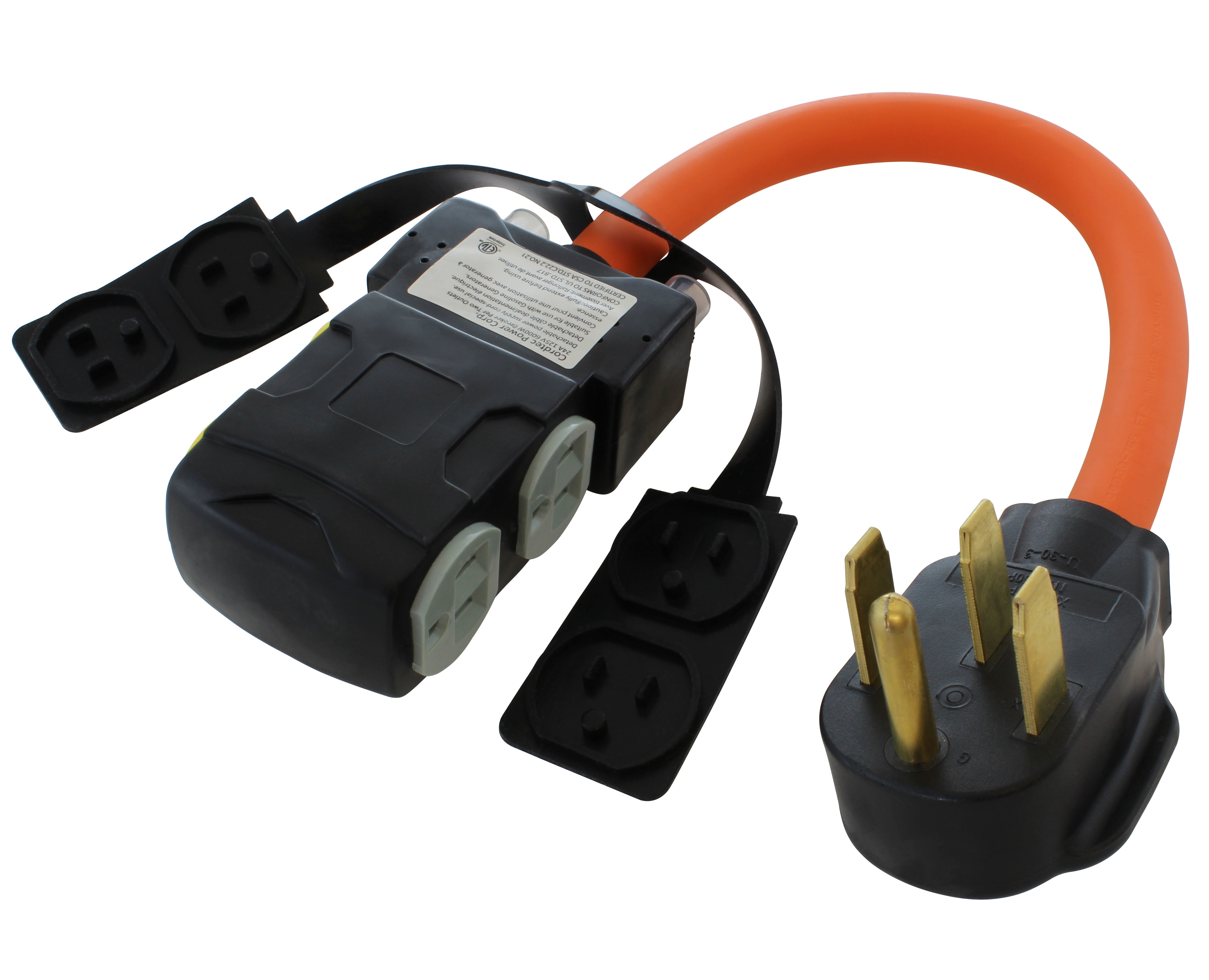
![AC WORKS® [ASINSS2PBX-G] 50A Locking 4-Wire CS6375/ SS2-50 Heavy-Duty Transfer Switch Inlet Box](http://acworks.com/cdn/shop/files/ASINSS2PBX-0_0206b362-7c90-42a5-8754-0685c13dab7e.jpg?v=1758051675&width=2500)

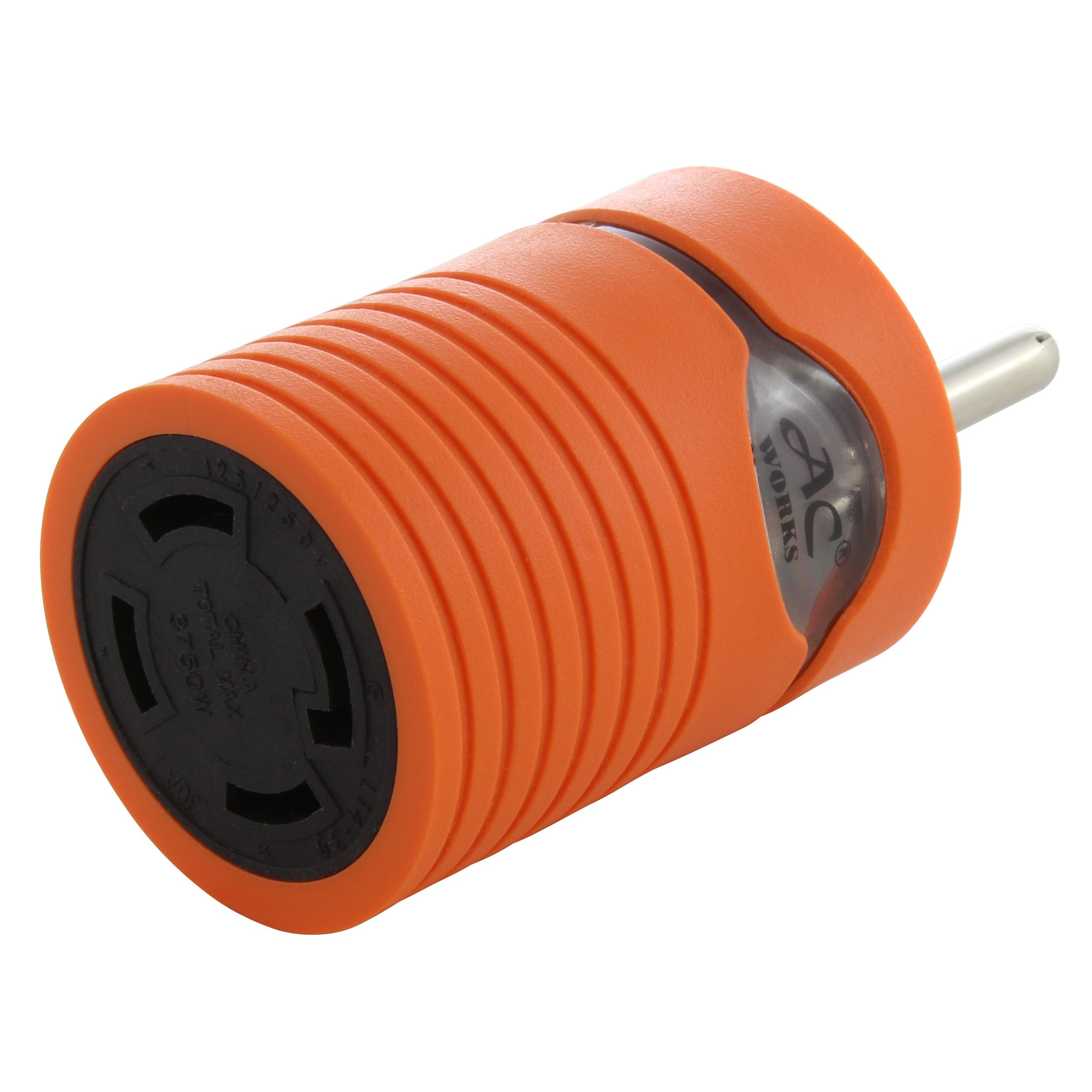
![AC WORKS® [S1430CBF520] 1.5FT 14-30P 4-Prong Dryer Plug to (4) Household Outlets with 24A Breaker](http://acworks.com/cdn/shop/products/S1430CBF520.jpg?v=1666103519&width=4656)
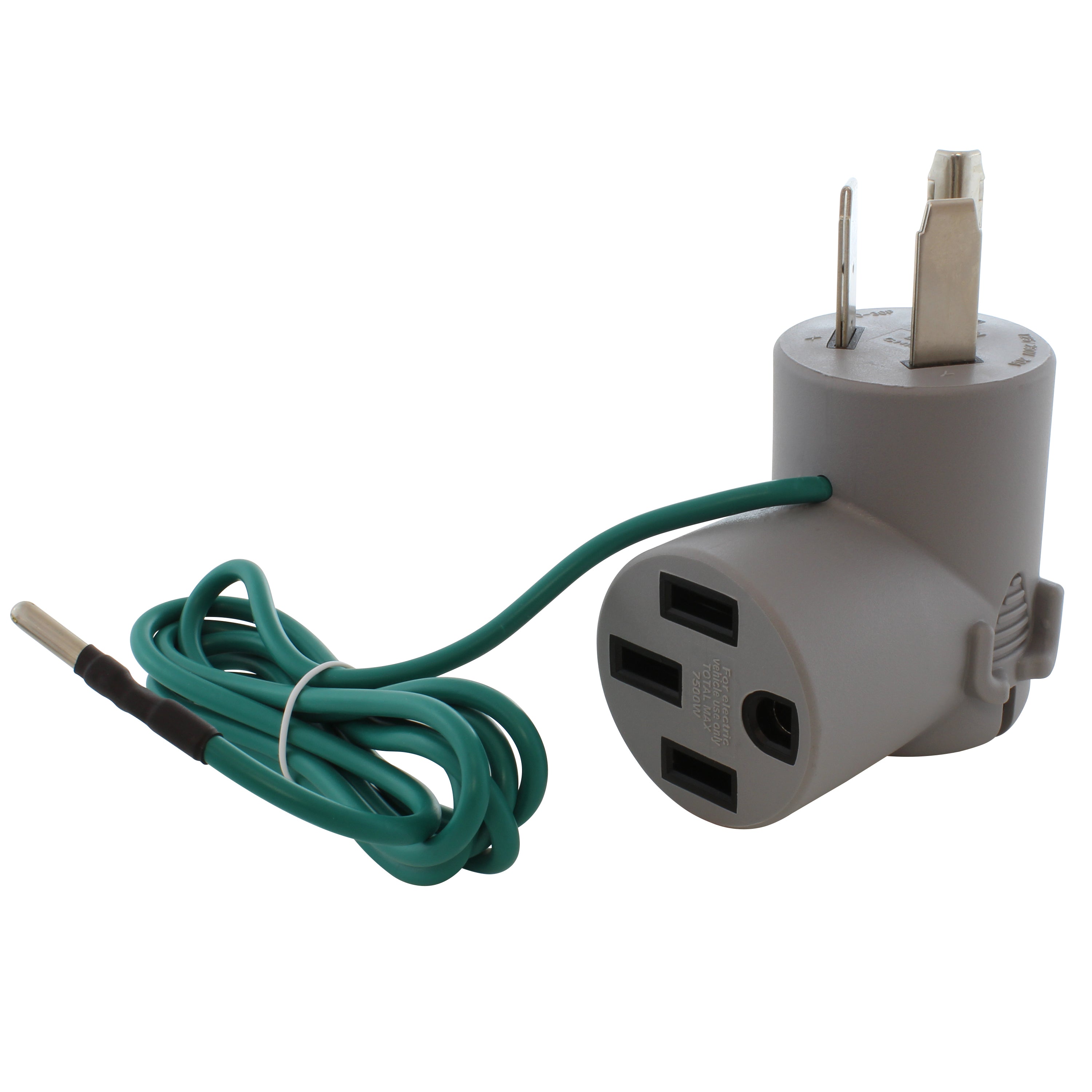
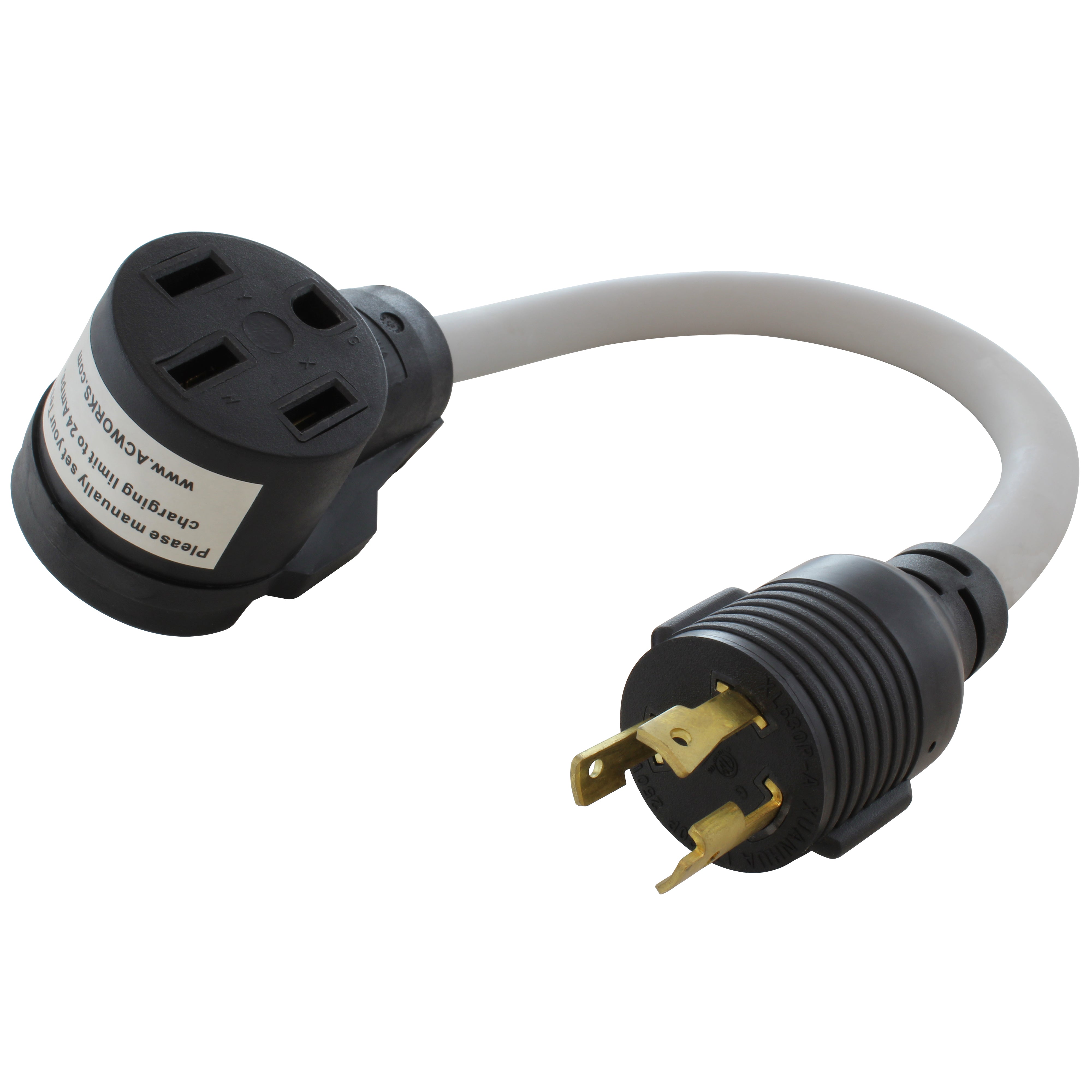
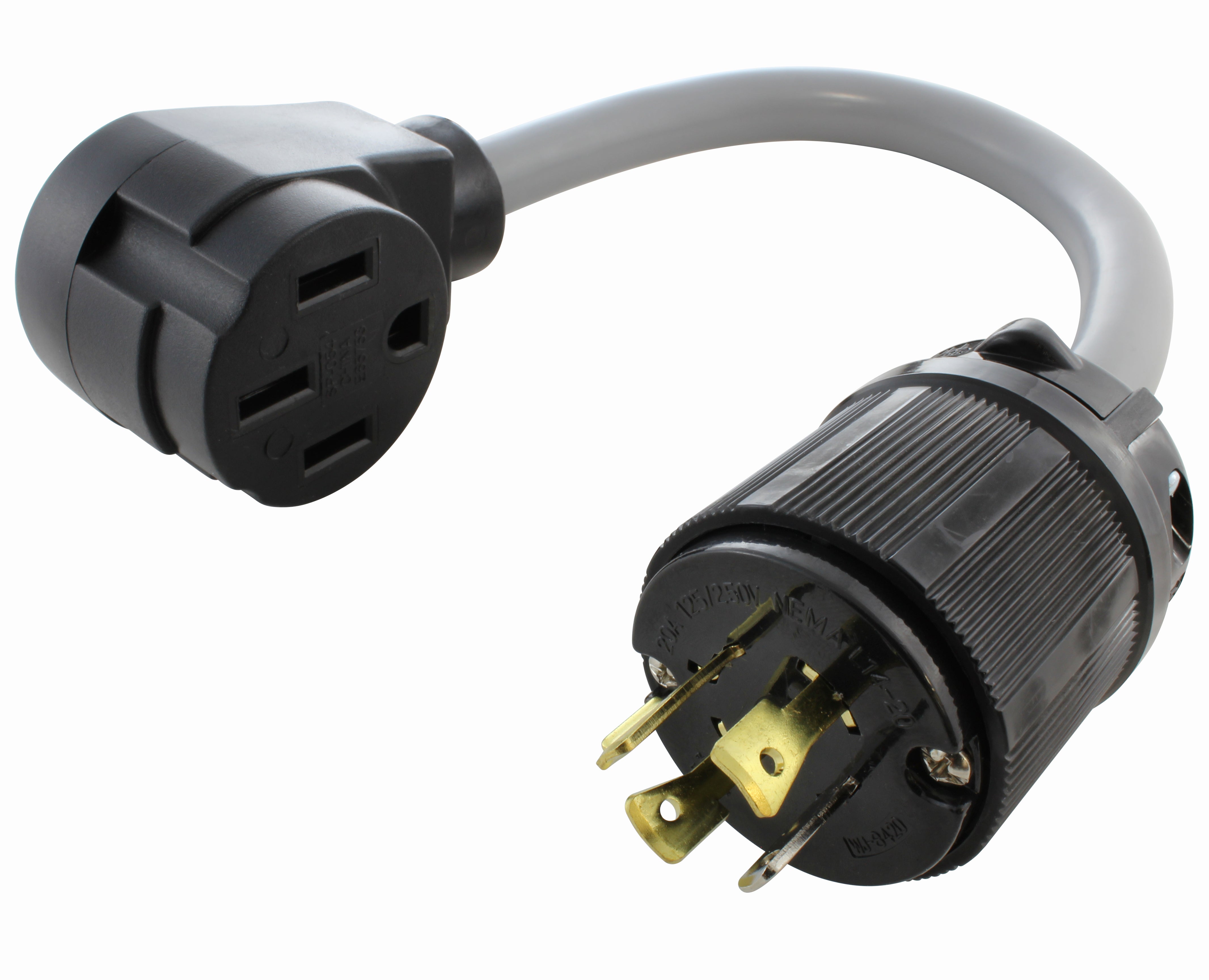



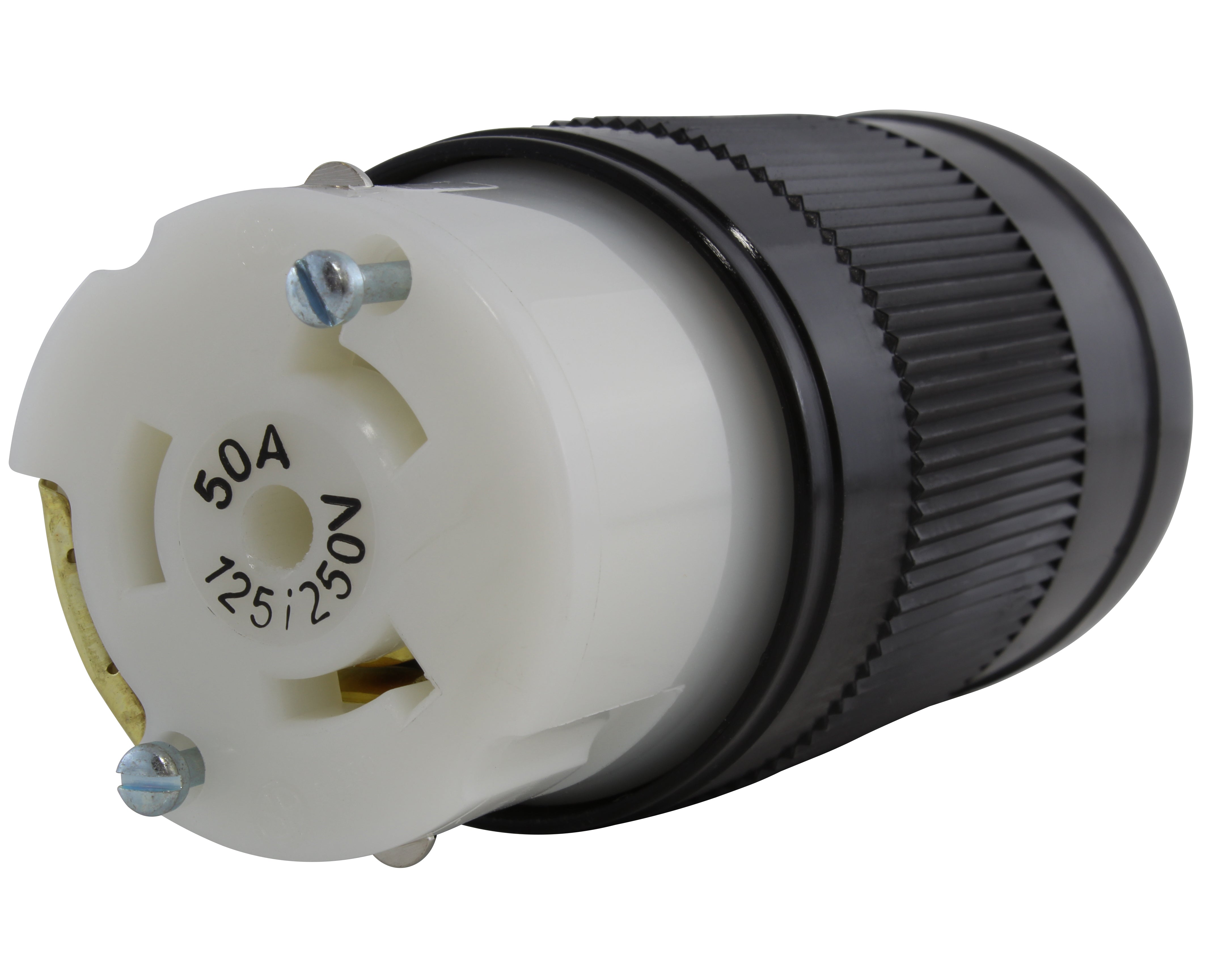

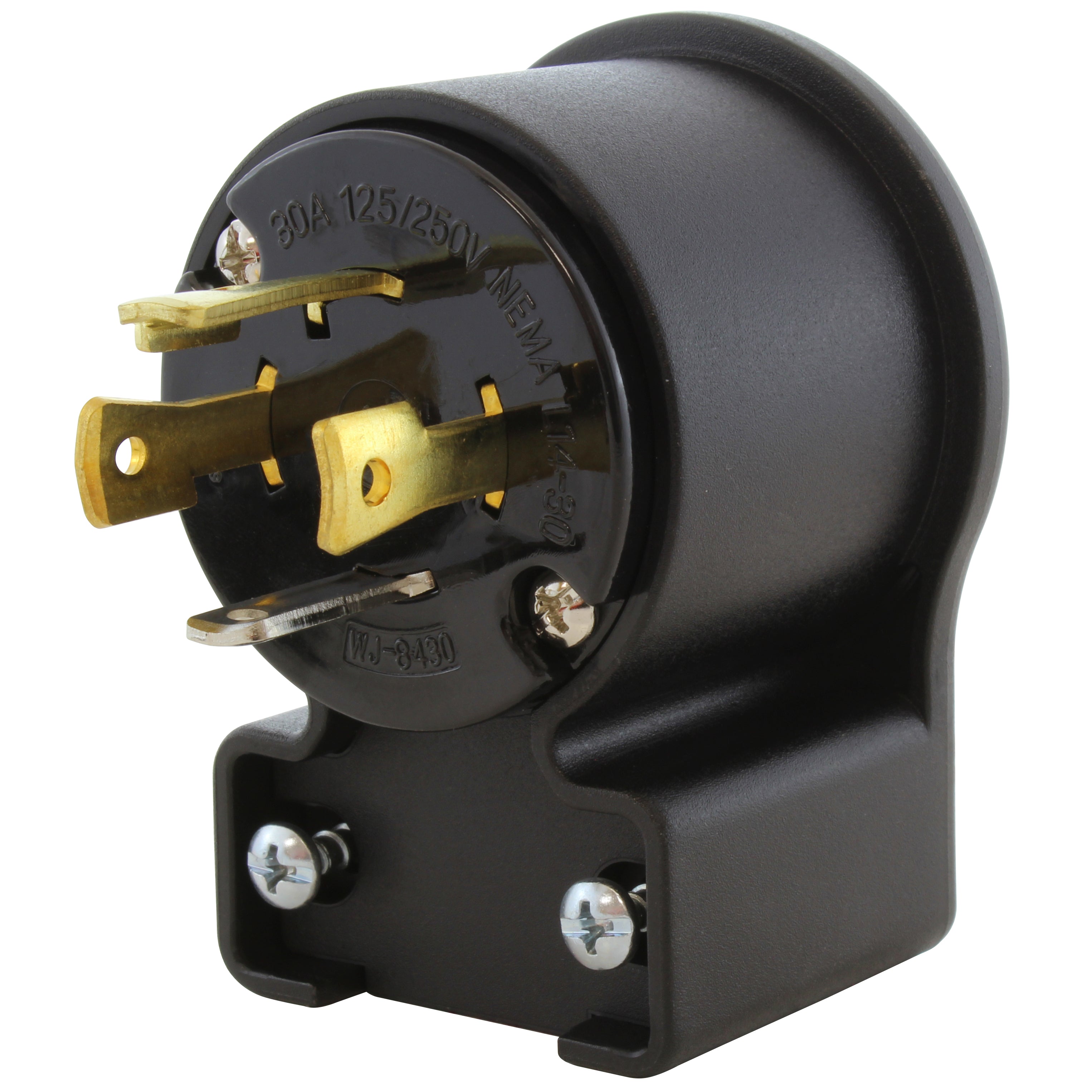
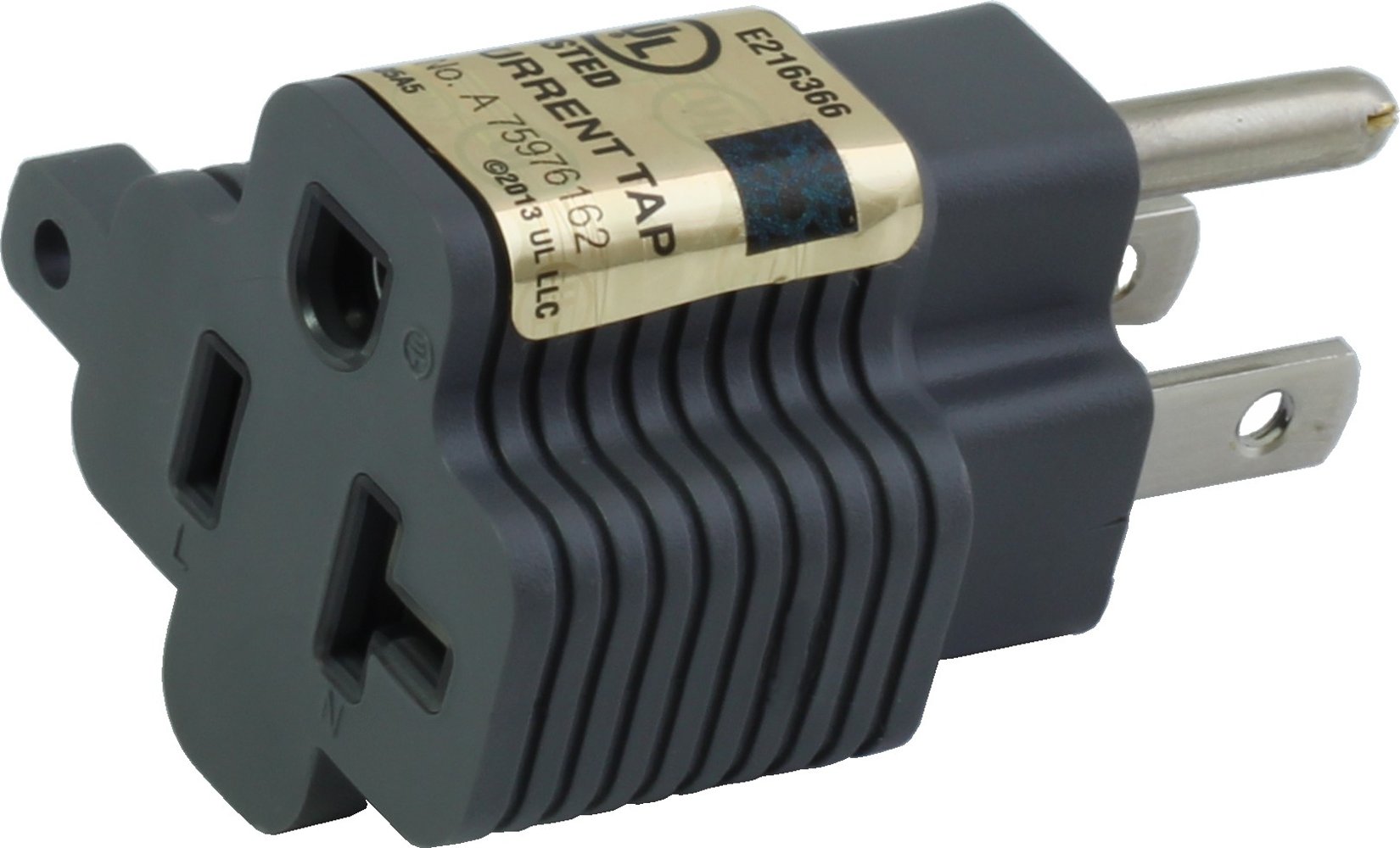
![AC WORKS® [ADV104] 3-Prong Heavy-Duty V-DUO Household Outlet Adapter](http://acworks.com/cdn/shop/products/ADV104-0.jpg?v=1605738768&width=3128)
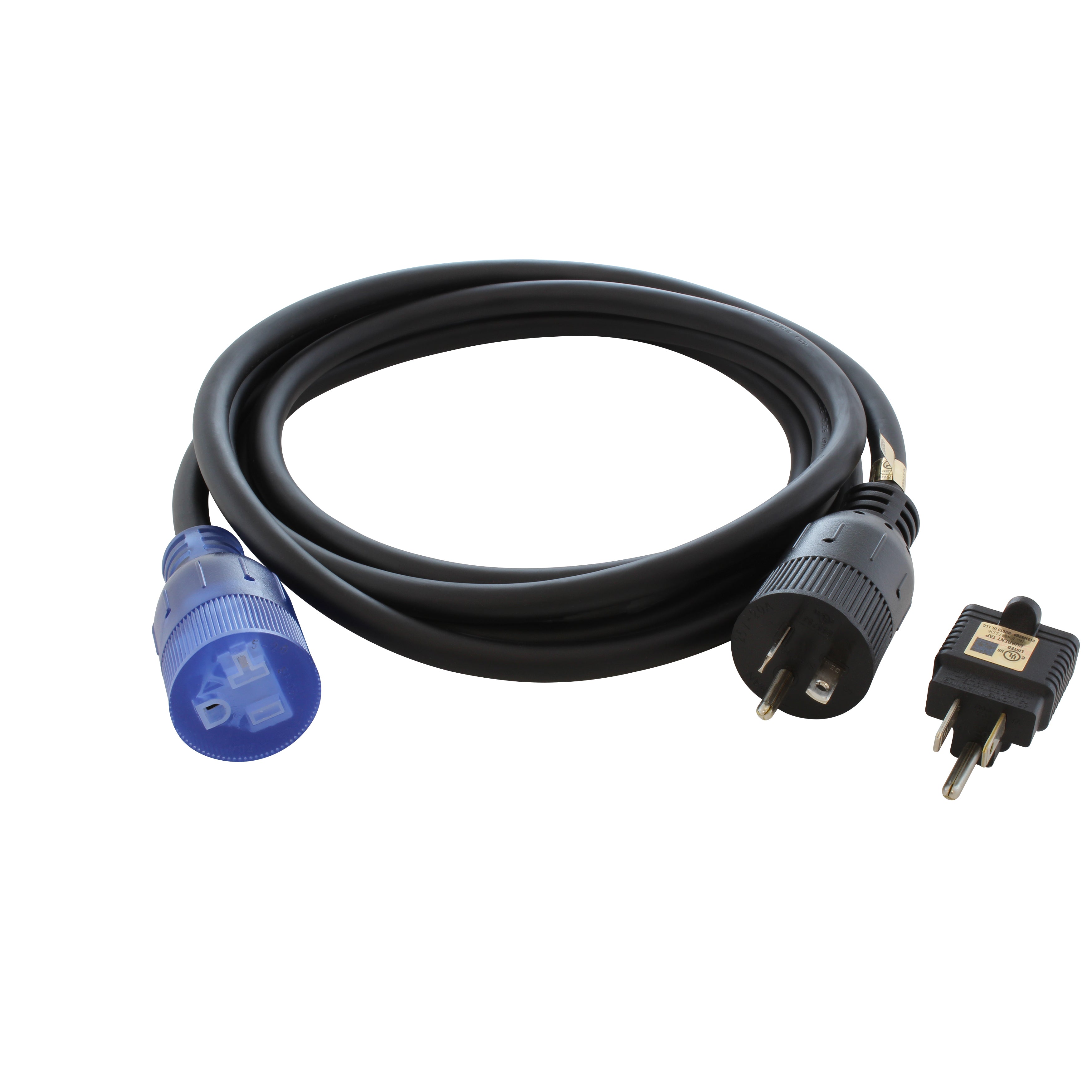
![AC WORKS® [XH515520] 15A to 15/20A 125 Volt Plug Adapter with ETL Safety Approval](http://acworks.com/cdn/shop/files/XH515520-0_daea425a-f439-48df-bb75-052167057f12.jpg?v=1729091519&width=2500)



Share:
Generator Uses
American Wire Gauge AWG
1 comment
Thank you for explaining that you should drain your tank and refill it if it’s been sitting unused for a long time. My husband and I got a generator for our cabin. I’ll be sure to remember to do this so we can keep it running well. https://mgsllc.com/our-services